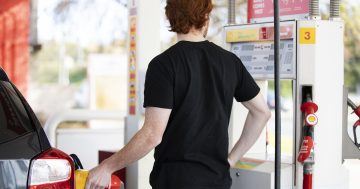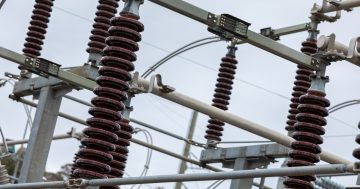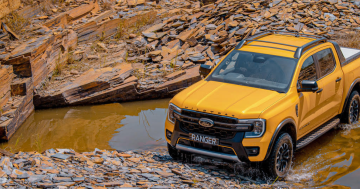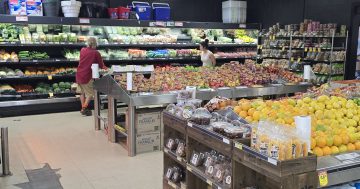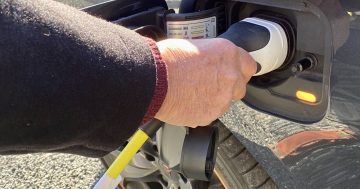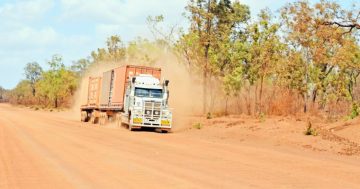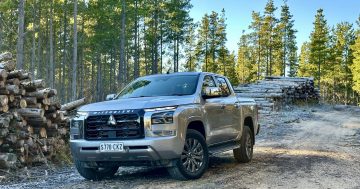Bridget Judd* says when it comes to the cost of living, higher diesel prices mean more bad news for Australians.
 A year ago, Cam Dumesny was paying $1.57 a litre for diesel. These days, that’s somewhere in the order of $2.30.
A year ago, Cam Dumesny was paying $1.57 a litre for diesel. These days, that’s somewhere in the order of $2.30.
“And that’s just in Perth — when you get to remote areas like the Nullabor, you’re up at well over $3,” says the CEO of the Western Roads Federation, WA’s peak road transport industry body.
“When you look at it, we’ve had almost a 50 per cent rise in fuel costs,” he adds.
For diesel drivers, it’s sure to come as little surprise.
Exceptionally high prices are being experienced across the globe, with consumer groups warning prices are likely to creep higher, hitting motorists’ in the hip pocket.
But using petrol (or not using a car at all) doesn’t necessarily mean you’ll be immune to the impacts, with diesel price hikes meaning your regular supermarket budget could also take a hit.
Why is diesel more expensive than petrol?
Under normal circumstances, the wholesale price of diesel and petrol are very similar in Australia.
But over the past six months, the price disparity has grown to “about 50 cents”, says Dr Ian Jeffreys.
According to Dr Jeffreys, who serves as RACQ’s principal economic and affordability specialist, it’s being driven by a range of international factors — in particular, the war in Ukraine and sanctions against Russia.
“Russia was one of the world’s largest producers of diesel and they supply that diesel mainly into the European market,” Dr Jeffreys says.
“Since we’ve had sanctions against Russia that supply has stopped.
“And that’s caused a domino effect through markets throughout the world.”
While there’s nothing unique about Australia compared to the rest of the world when it comes to the effect it’s had on prices, we do like our diesel.
Queensland alone consumes about “two and a half times the amount of diesel as we do unleaded petrol”, Dr Jeffreys adds, something he attributes to the mining industry.
Remote and regional communities ‘going to feel the full impact’
Australia relies on road freight — and according to Cam Dumensy, a road train “runs roughly at about one litre of diesel per kilometre”.
That’s all well and good if you’re popping down to the shops.
But when you’re talking thousands upon thousands of kilometres, operators simply “can’t wear the cost”, he says.
“Trucks and freight trains use diesel, ships use diesel, and so it’s kind of like all freight costs across the country,” Cam says.
“It’s remote, regional communities that are going to feel the full impact because they are reliant on road trains.
“Those road freight costs, along with everything else, are going to be passed through.
“It drives up the cost of their living disproportionately.”
Diesel prices ‘relatively stable’, but unleaded is going up
According to Dr Jeffreys, we’re “at the mercy of these global factors”.
But he says we’re not expecting to see any further large increases.
“There is, and there has been, a lot of uncertainty and a lot of conflict and a lot of issues that are affecting these prices,” Dr Jeffreys says.
“Prices have been relatively stable for the last few weeks, as far as we can see that’s likely to continue.”
Unfortunately for unleaded drivers, price increases are being seen in Brisbane, Sydney and Melbourne.
“So we would urge motorists who drive petrol vehicles to go out and buy now before the petrol price jumps up,” Dr Jeffreys says.
“We are seeing prices jump up to 215 cents per litre in those capital cities.”
*Bridget Judd is a digital journalist for ABC News in Brisbane following stints in the Northern Territory and Victoria.
This article first appeared at abc.net.au.


